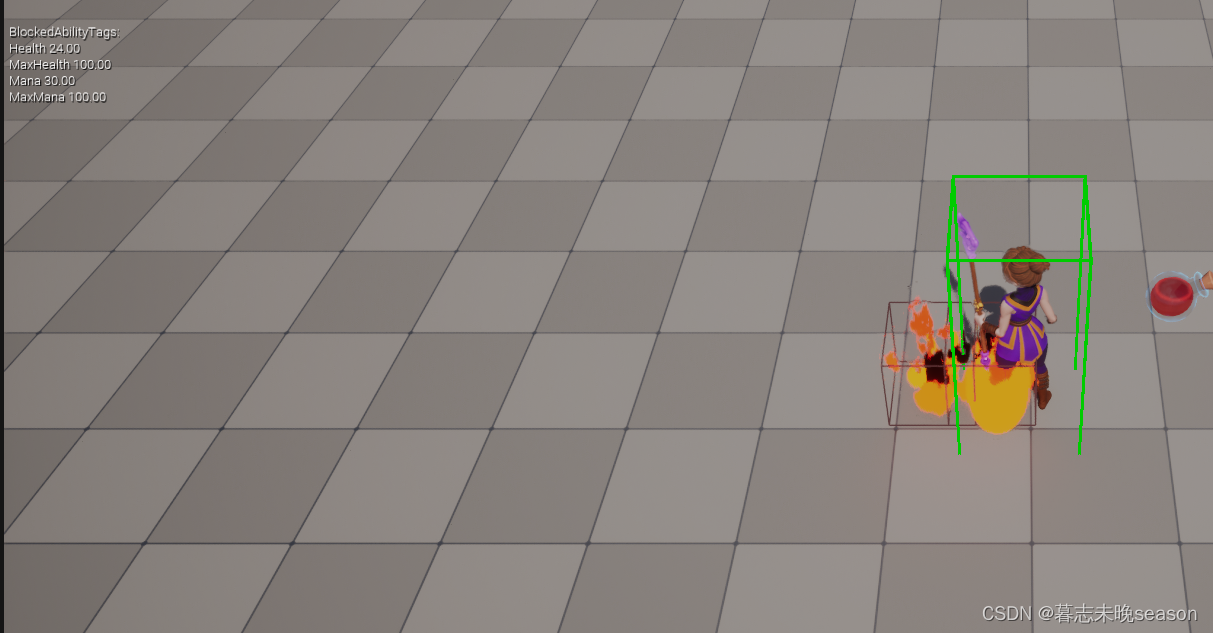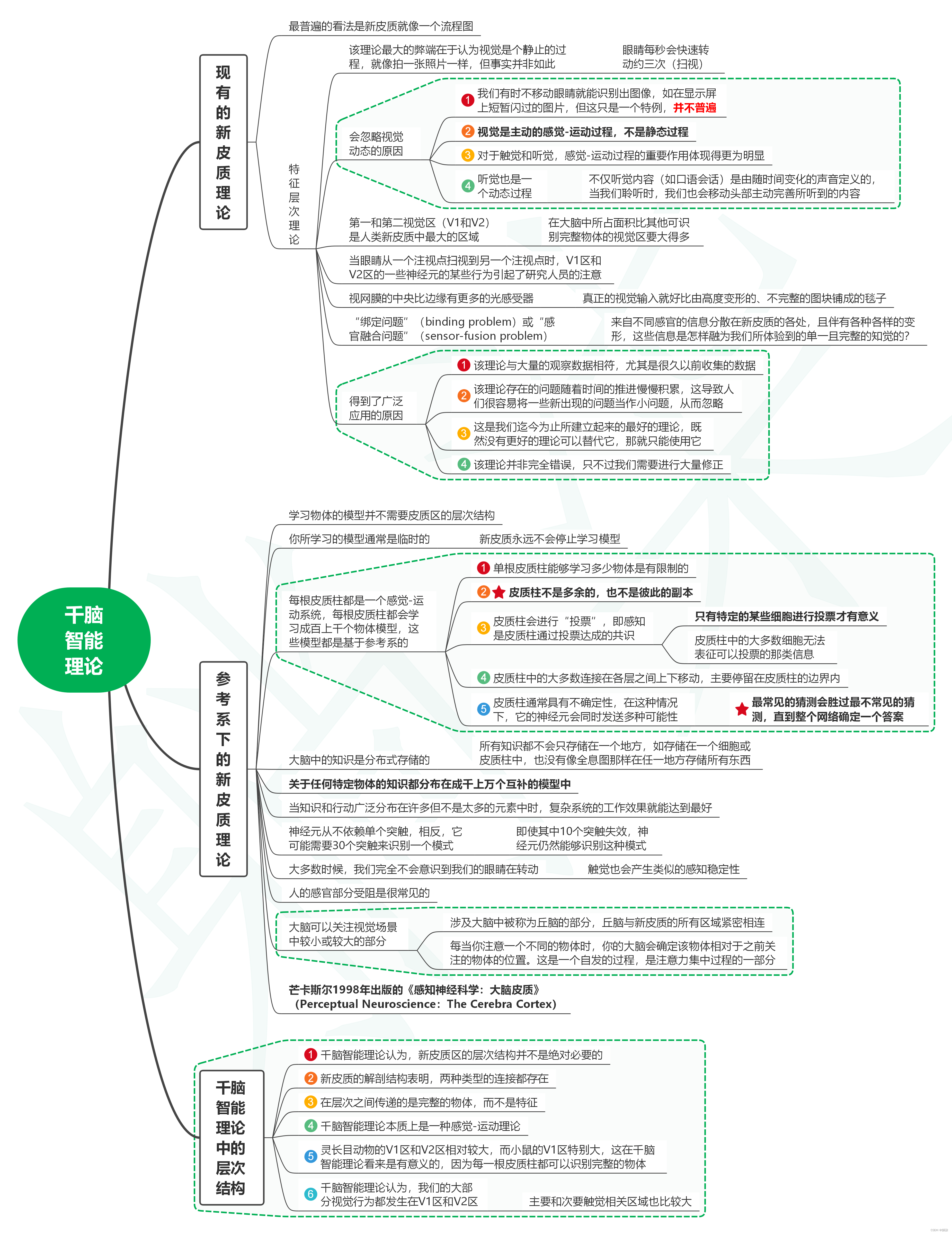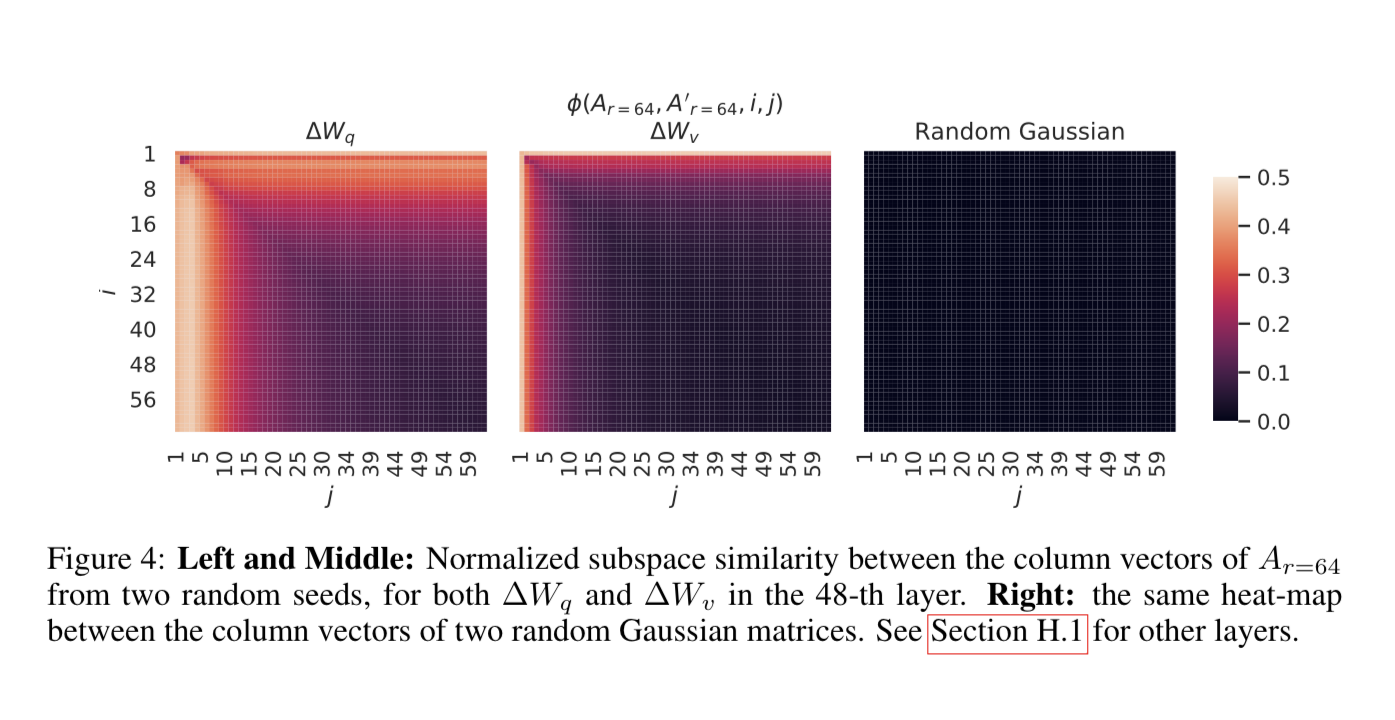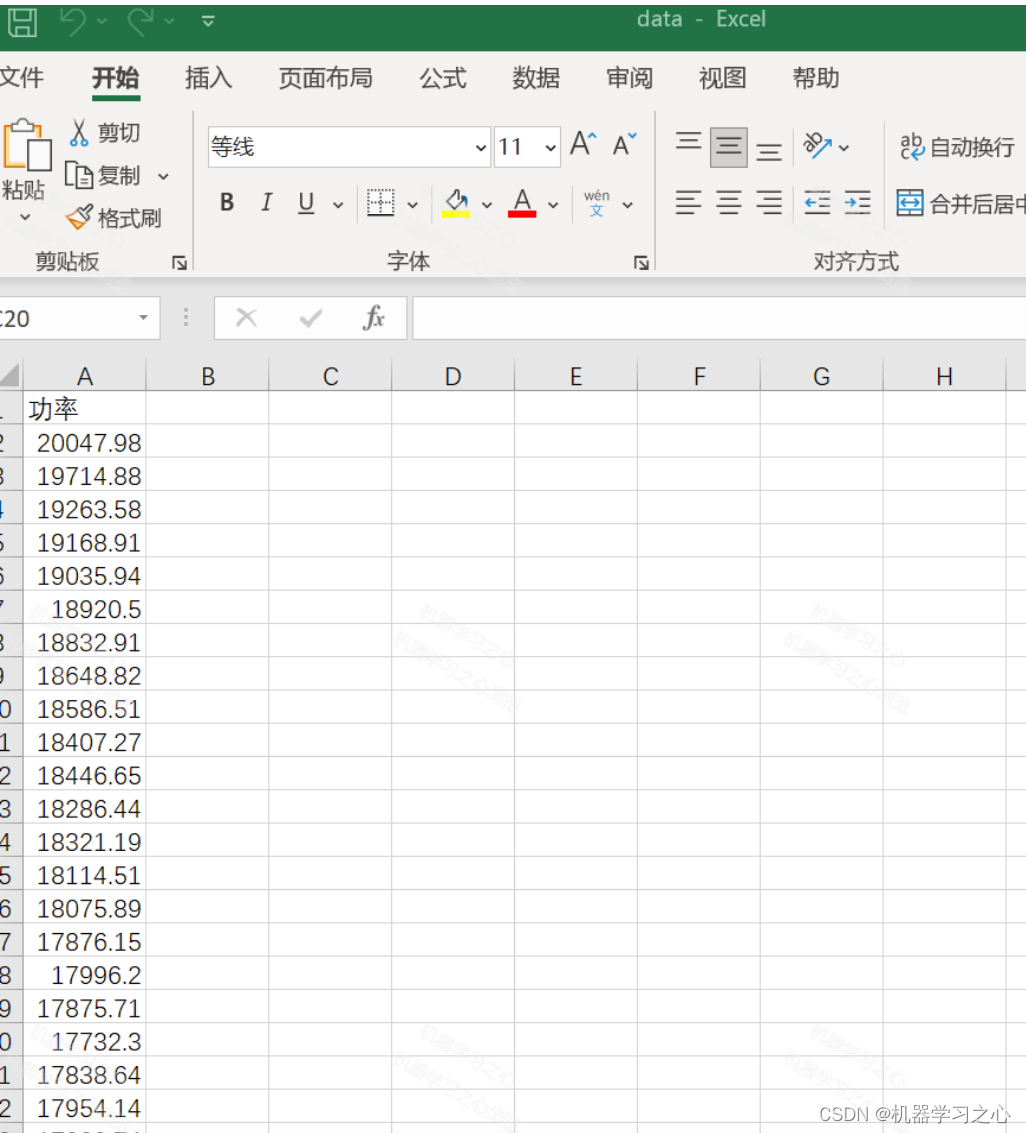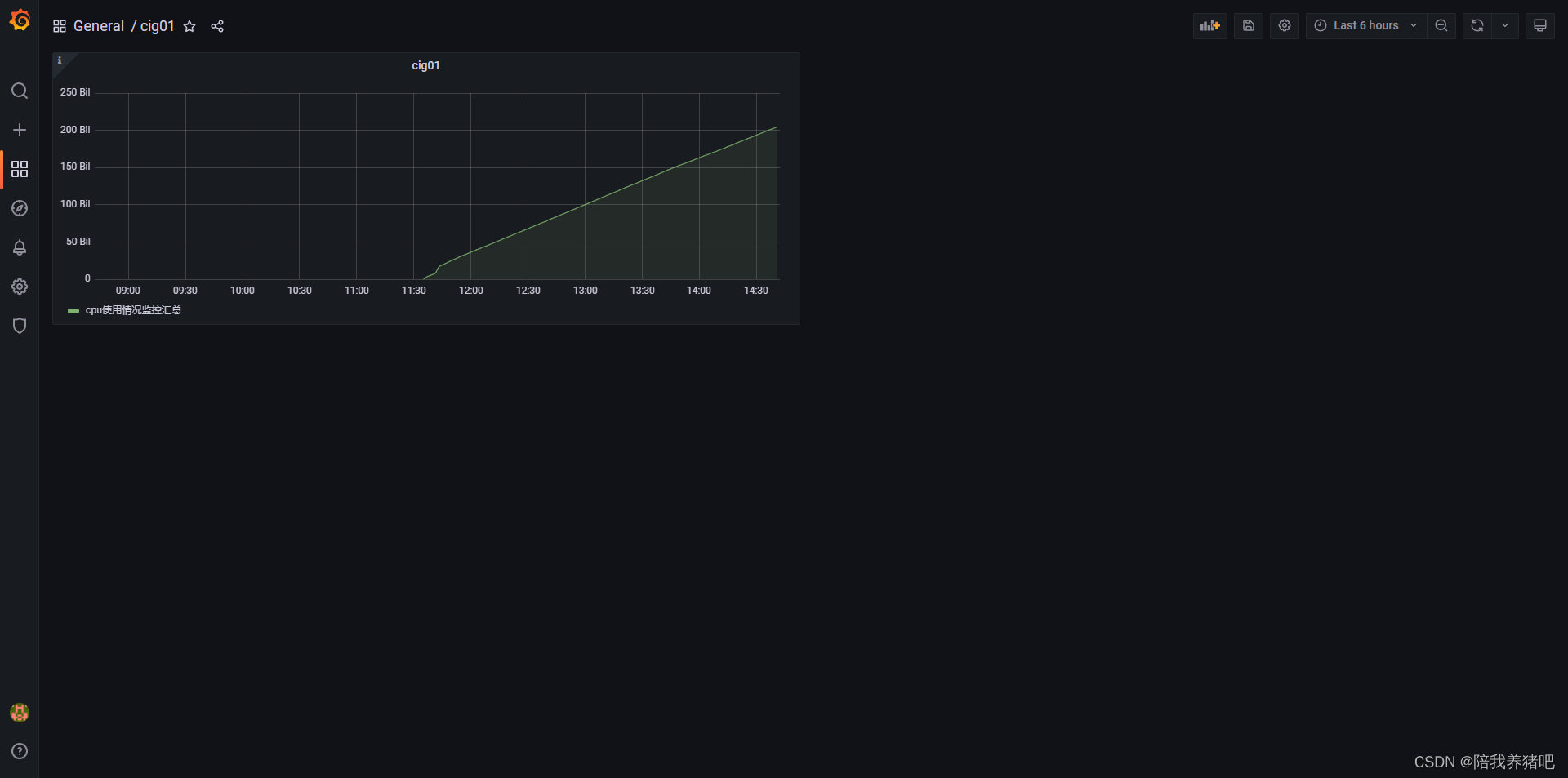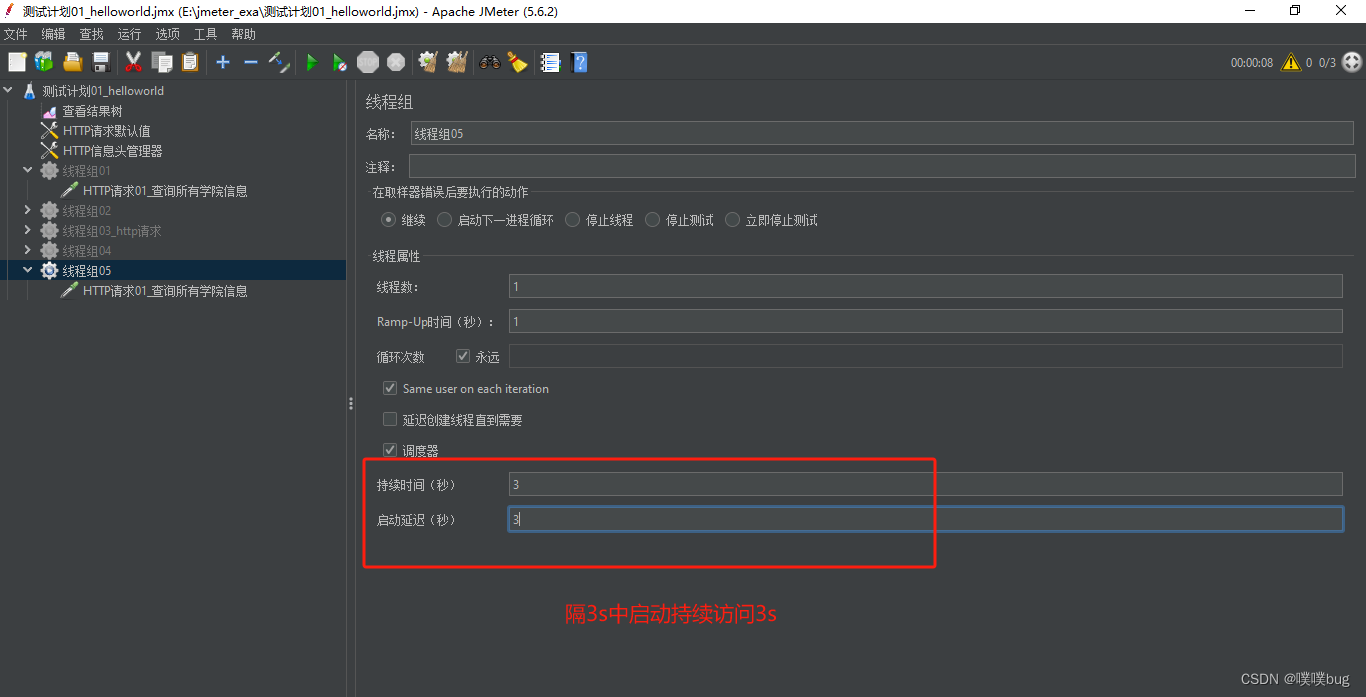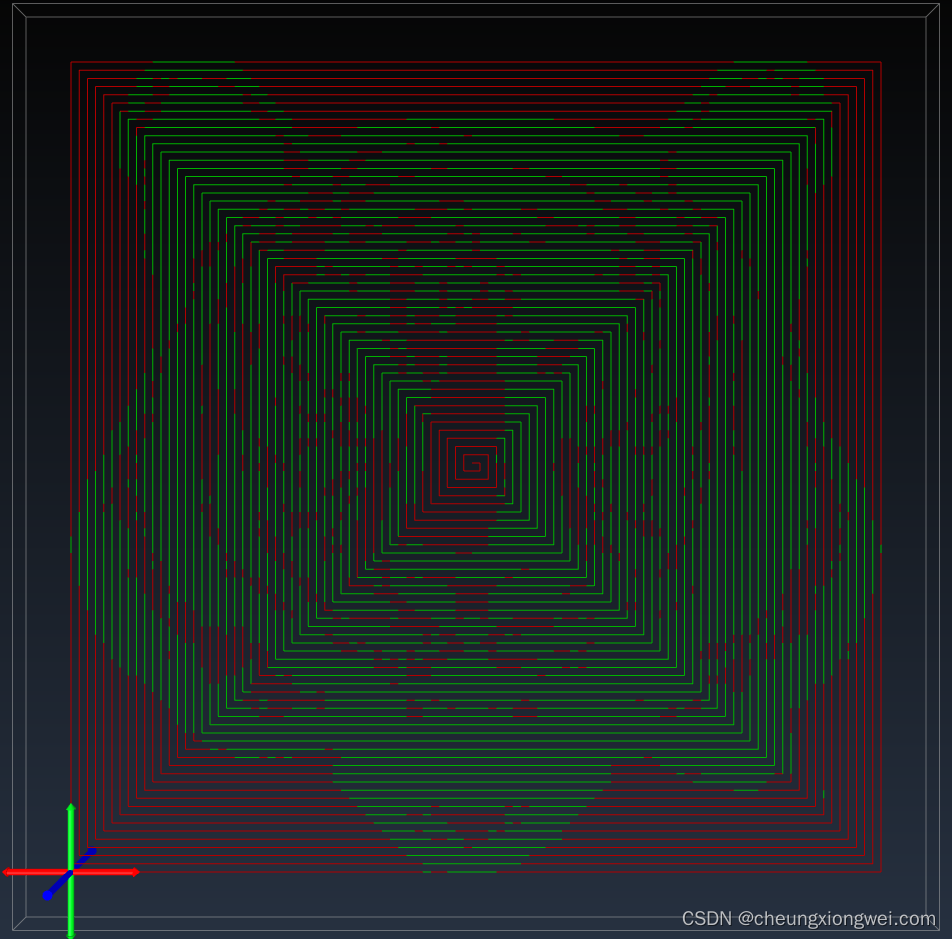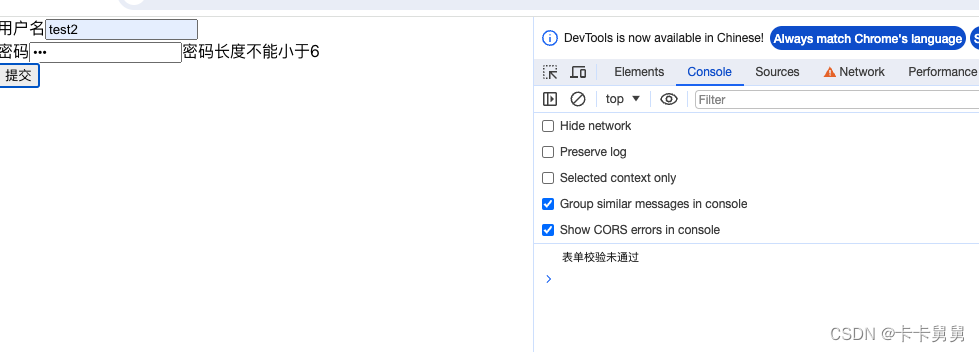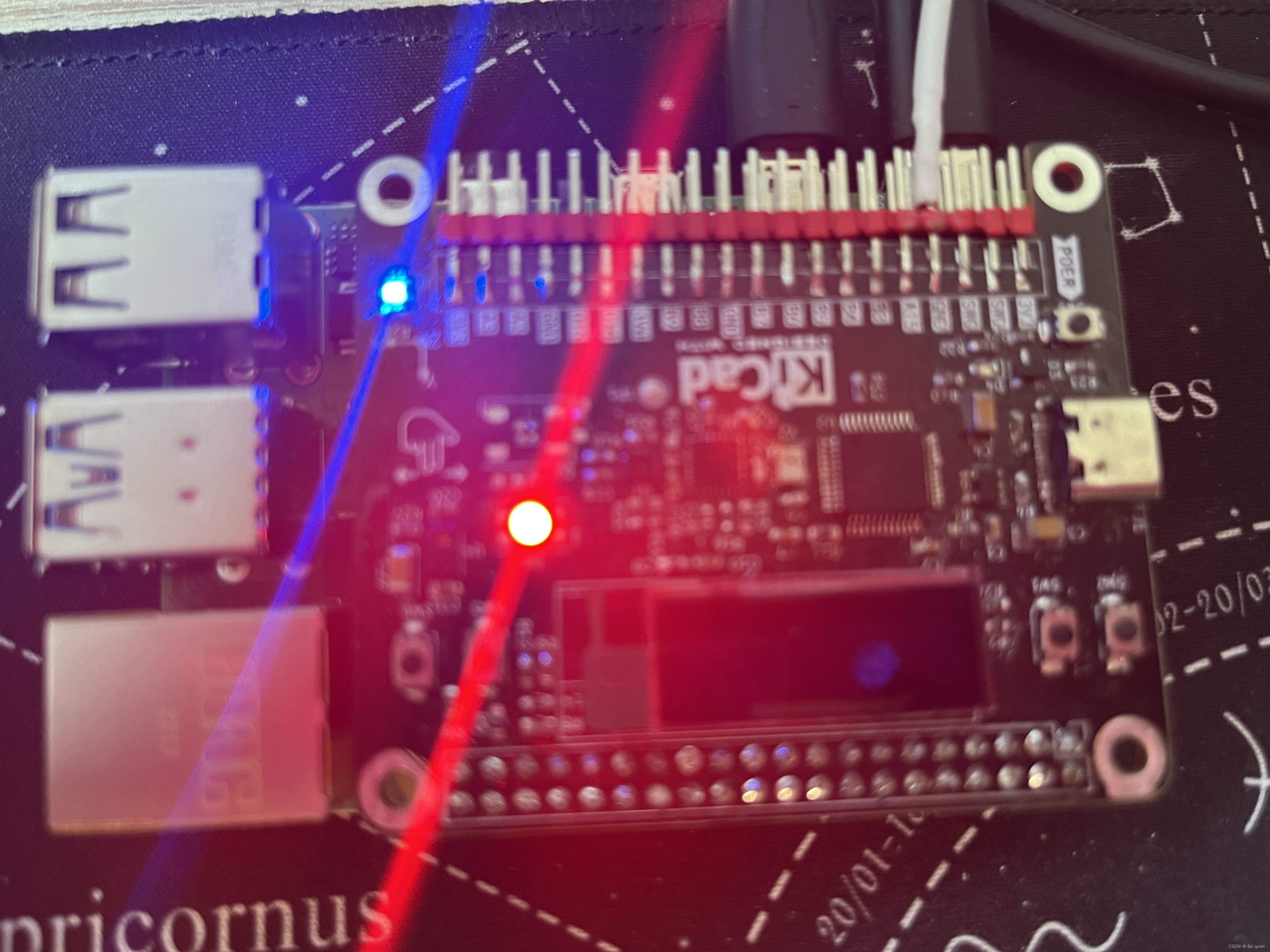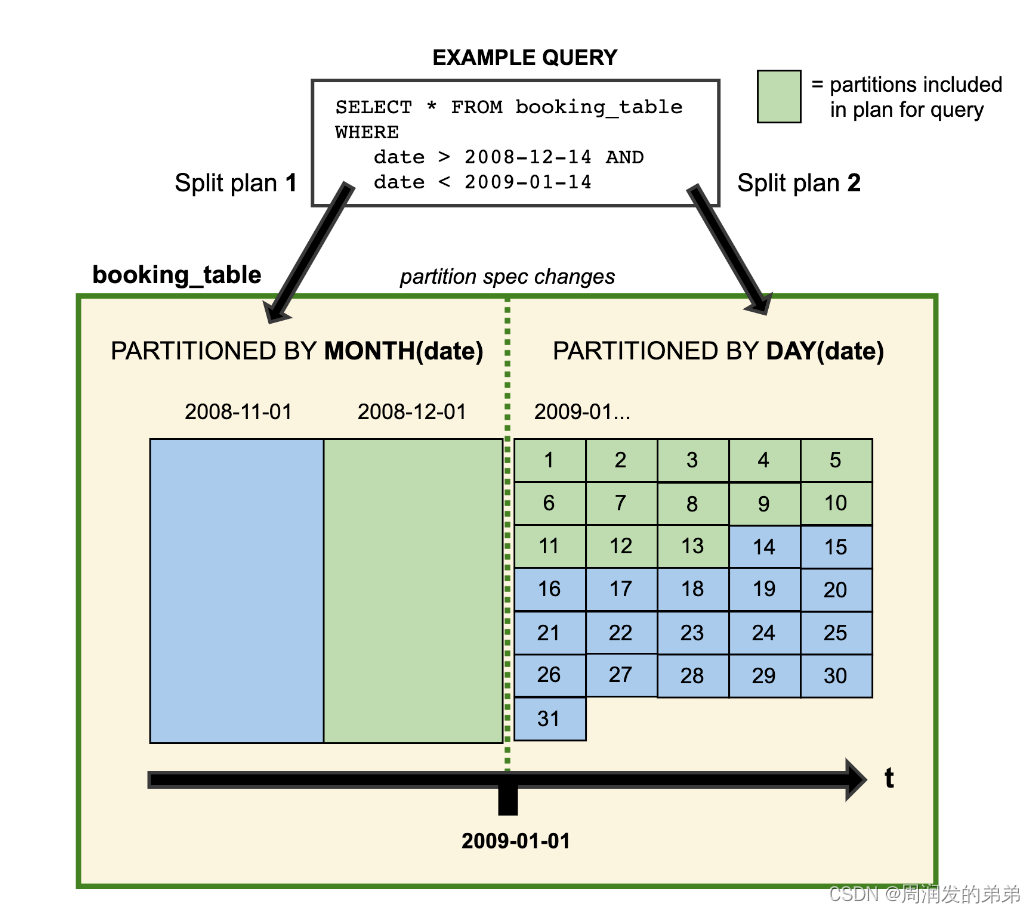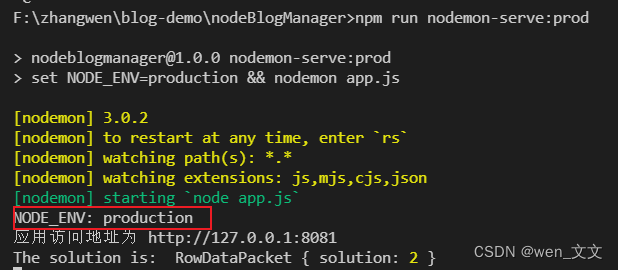算法学习——LeetCode力扣链表篇2

24. 两两交换链表中的节点
24. 两两交换链表中的节点 - 力扣(LeetCode)
描述
给你一个链表,两两交换其中相邻的节点,并返回交换后链表的头节点。你必须在不修改节点内部的值的情况下完成本题(即,只能进行节点交换)。
示例
示例 1:
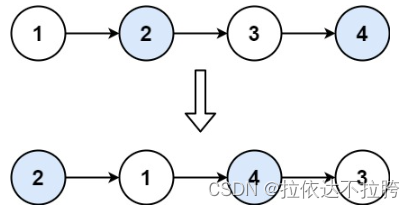
输入:head = [1,2,3,4]
输出:[2,1,4,3]
示例 2:
输入:head = []
输出:[]
示例 3:
输入:head = [1]
输出:[1]
提示
链表中节点的数目在范围 [0, 100] 内
0 <= Node.val <= 100
代码解析
自己写版本
原理为两个交换,交换参数为pre和cur。
交换成功后,连接pre的前一个pre2和cur的后一个aft。
#include <iostream>
#include <vector>
#include<algorithm>
using namespace std;
struct ListNode {
int val;
ListNode *next;
ListNode() : val(0), next(nullptr) {}
ListNode(int x) : val(x), next(nullptr) {}
ListNode(int x, ListNode *next) : val(x), next(next) {}
};
class Solution {
public:
ListNode* swapPairs(ListNode* head) {
ListNode* pre, * cur, *temp ,*aft,*pre2,*head_test;
//链表长度为0或者为1
if (head == nullptr || head->next == nullptr)return head;
ListNode test(0,nullptr);
head_test = head->next;
pre = head;
pre2 = &test;
cur = pre->next;
//链表长度大于2以上
while (cur)
{
aft = cur->next;
if (pre != nullptr|| cur != nullptr)
{
temp = cur->next;
cur->next = pre;
pre->next = temp;
pre2->next = cur;
}
else break;
pre2 = pre;
pre = aft;
if (pre != nullptr)cur = pre->next;
else break;
}
return head_test;
}
};
int main()
{
vector<int> head = { 1,2};
ListNode* head_test = new ListNode(0);
ListNode* test , *cur = head_test;
Solution a;
for (int i = 0; i < head.size(); i++)
{
ListNode* temp = new ListNode(head[i]);
cur->next = temp;
cur = cur->next;
}
cur->next = nullptr;
cur = head_test;
cout << "cur list" << endl;
while (cur->next != nullptr)
{
cout << cur->val << ' ';
cur = cur->next;
}
cout << cur->val << endl;
test = a.swapPairs(head_test->next);
while (test->next != nullptr)
{
cout << test->val << ' ';
test = test->next;
}
cout << test->val << ' ';
return 0;
}
卡尔版本
/**
* Definition for singly-linked list.
* struct ListNode {
* int val;
* ListNode *next;
* ListNode() : val(0), next(nullptr) {}
* ListNode(int x) : val(x), next(nullptr) {}
* ListNode(int x, ListNode *next) : val(x), next(next) {}
* };
*/
class Solution {
public:
ListNode* swapPairs(ListNode* head) {
if(head == nullptr || head->next == nullptr) return head;
ListNode* headReal = new ListNode(0);
headReal->next = head;
ListNode* tmpPre = headReal;
ListNode* tmp1 = tmpPre->next;
ListNode* tmp2 = tmpPre->next->next;
ListNode* tmpNext = tmpPre->next->next->next;
while(tmpPre != nullptr && tmp1 != nullptr && tmp2 != nullptr )
{
tmpPre->next = tmp2;
tmp2->next = tmp1;
tmp1->next = tmpNext;
tmpPre = tmpPre->next->next;
tmp1 = tmpPre->next;
if( tmp1 == nullptr) break;
tmp2 = tmpPre->next->next;
if( tmp2 == nullptr) break;
tmpNext = tmpPre->next->next->next;
}
return headReal->next;
}
};
19. 删除链表的倒数第 N 个结点
19. 删除链表的倒数第 N 个结点 - 力扣(LeetCode)
描述
给你一个链表,删除链表的倒数第 n 个结点,并且返回链表的头结点。
示例
示例 1:

输入:head = [1,2,3,4,5], n = 2
输出:[1,2,3,5]
示例 2:
输入:head = [1], n = 1
输出:[]
示例 3:
输入:head = [1,2], n = 1
输出:[1]
提示
- 链表中结点的数目为 sz
- 1 <= sz <= 30
- 0 <= Node.val <= 100
- 1 <= n <= sz
进阶:你能尝试使用一趟扫描实现吗?
代码解析
自己写暴力版本
#include <iostream>
#include <vector>
#include<algorithm>
using namespace std;
struct ListNode {
int val;
ListNode *next;
ListNode() : val(0), next(nullptr) {}
ListNode(int x) : val(x), next(nullptr) {}
ListNode(int x, ListNode *next) : val(x), next(next) {}
};
class Solution {
public:
ListNode* removeNthFromEnd(ListNode* head, int n) {
int length = 0;
ListNode* temp1 = head , *temp2;
while (temp1!=nullptr)
{
temp1 = temp1->next;
length++;
}
if (n == length)
{
temp2 = head;
head = head->next;
delete temp2;
}
else
{
temp1 = head;
for (int i = 0; i < length - n - 1; i++ )
{
temp1 = temp1->next;
}
temp1->next = temp1->next->next;
}
return head;
}
};
int main()
{
vector<int> head = { 1,2 ,3,4 ,5};
ListNode* head_test = new ListNode(0);
ListNode* test , *cur = head_test;
Solution a;
for (int i = 0; i < head.size(); i++)
{
ListNode* temp = new ListNode(head[i]);
cur->next = temp;
cur = cur->next;
}
cur->next = nullptr;
cur = head_test;
cout << "cur list" << endl;
while (cur->next != nullptr)
{
cout << cur->val << ' ';
cur = cur->next;
}
cout << cur->val << endl;
test = a.removeNthFromEnd(head_test->next,2);
while (test->next != nullptr)
{
cout << test->val << ' ';
test = test->next;
}
cout << test->val << ' ';
return 0;
}
双指针
/**
* Definition for singly-linked list.
* struct ListNode {
* int val;
* ListNode *next;
* ListNode() : val(0), next(nullptr) {}
* ListNode(int x) : val(x), next(nullptr) {}
* ListNode(int x, ListNode *next) : val(x), next(next) {}
* };
*/
class Solution {
public:
ListNode* removeNthFromEnd(ListNode* head, int n) {
int sum_node = 0;
ListNode *real_head = new ListNode(0,head);
ListNode *tmp = real_head;
while(tmp != nullptr)
{
sum_node++;
tmp = tmp->next;
}
sum_node = sum_node - n -1;
tmp = real_head;
while(sum_node--) tmp = tmp->next;
if( tmp->next != nullptr && tmp->next->next != nullptr)
{
tmp->next = tmp->next->next;
}else tmp->next = nullptr;
return real_head->next;
}
};
面试题 02.07. 链表相交
面试题 02.07. 链表相交 - 力扣(LeetCode)
描述
给你两个单链表的头节点 headA 和 headB ,请你找出并返回两个单链表相交的起始节点。如果两个链表没有交点,返回 null 。
图示两个链表在节点 c1 开始相交:

题目数据 保证 整个链式结构中不存在环。
注意,函数返回结果后,链表必须 保持其原始结构 。
示例 1:

输入:intersectVal = 8, listA = [4,1,8,4,5], listB = [5,0,1,8,4,5], skipA = 2, skipB = 3
输出:Intersected at ‘8’
解释:相交节点的值为 8 (注意,如果两个链表相交则不能为 0)。
从各自的表头开始算起,链表 A 为 [4,1,8,4,5],链表 B 为 [5,0,1,8,4,5]。
在 A 中,相交节点前有 2 个节点;在 B 中,相交节点前有 3 个节点。
示例 2:

输入:intersectVal = 2, listA = [0,9,1,2,4], listB = [3,2,4], skipA = 3, skipB = 1
输出:Intersected at ‘2’
解释:相交节点的值为 2 (注意,如果两个链表相交则不能为 0)。
从各自的表头开始算起,链表 A 为 [0,9,1,2,4],链表 B 为 [3,2,4]。
在 A 中,相交节点前有 3 个节点;在 B 中,相交节点前有 1 个节点。
示例 3:
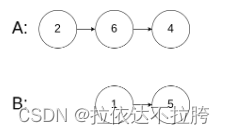
输入:intersectVal = 0, listA = [2,6,4], listB = [1,5], skipA = 3, skipB = 2
输出:null
解释:从各自的表头开始算起,链表 A 为 [2,6,4],链表 B 为 [1,5]。
由于这两个链表不相交,所以 intersectVal 必须为 0,而 skipA 和 skipB 可以是任意值。
这两个链表不相交,因此返回 null 。
提示
- listA 中节点数目为 m
- listB 中节点数目为 n
- 0 <= m, n <= 3 * 104
- 1 <= Node.val <= 105
- 0 <= skipA <= m
- 0 <= skipB <= n
- 如果 listA 和 listB 没有交点,intersectVal 为 0
- 如果 listA 和 listB 有交点,intersectVal == listA[skipA + 1] == listB[skipB + 1]
进阶
你能否设计一个时间复杂度 O(n) 、仅用 O(1) 内存的解决方案?
代码解析
暴力循环
/**
* Definition for singly-linked list.
* struct ListNode {
* int val;
* ListNode *next;
* ListNode(int x) : val(x), next(NULL) {}
* };
*/
class Solution {
public:
ListNode *getIntersectionNode(ListNode *headA, ListNode *headB) {
ListNode *dummy_a = new ListNode(0,NULL);
ListNode *dummy_b = new ListNode(0,NULL);
ListNode *temp, *tempA , *tempB;
int flag = 0;
dummy_a->next = headA;
dummy_b->next = headB;
tempA = dummy_a;
tempB = dummy_b;
if(headA == headB) return headA;
while(tempA->next != NULL)
{
while(tempB->next != NULL)
{
if(tempA == tempB)
{
return tempA;
}
tempB = tempB->next;
}
tempB = dummy_b;
tempA = tempA->next;
}
while(dummy_b)
{
if(tempA == dummy_b)return tempA;
dummy_b = dummy_b->next;
}
while(dummy_a)
{
if(tempB == dummy_a)return tempB;
dummy_a = dummy_a->next;
}
return NULL;
}
};
对其相同部分
先计算两个链表的长度,因为后面完全一致,让长的链表先向后移动到和短链表相同长度。再依次查找是否完全一致的节点。
/**
* Definition for singly-linked list.
* struct ListNode {
* int val;
* ListNode *next;
* ListNode(int x) : val(x), next(NULL) {}
* };
*/
class Solution {
public:
ListNode *getIntersectionNode(ListNode *headA, ListNode *headB) {
int length_A = 0 , length_B = 0 ,diff=0 ;
ListNode *cur_A = headA , *cur_B = headB;
ListNode *dummy_a = new ListNode(0);
ListNode *dummy_b = new ListNode(0);
dummy_a->next = headA;
dummy_b->next = headB;
while(dummy_a->next != NULL)
{
length_A++;
dummy_a = dummy_a->next;
}
while(dummy_b->next != NULL)
{
length_B++;
dummy_b = dummy_b->next;
}
if(length_A >= length_B)
{
for(int i =0;i< length_A-length_B;i++)
{
cur_A = cur_A->next;
}
}else
{
for(int i =0;i< length_B-length_A;i++)
{
cur_B = cur_B->next;
}
}
while(cur_A != cur_B)
{
cur_A = cur_A->next;
cur_B = cur_B->next;
}
return cur_A;
}
};
循环法
/**
* Definition for singly-linked list.
* struct ListNode {
* int val;
* ListNode *next;
* ListNode(int x) : val(x), next(NULL) {}
* };
*/
class Solution {
public:
ListNode *getIntersectionNode(ListNode *headA, ListNode *headB) {
ListNode* tmpA = headA;
ListNode* tmpB = headB;
while(tmpA != tmpB)
{
tmpA = (tmpA == nullptr ? headB : tmpA->next);
tmpB = (tmpB == nullptr ? headA : tmpB->next);
}
return tmpA;
}
};
142. 环形链表 II
142. 环形链表 II - 力扣(LeetCode)
描述
给定一个链表的头节点 head ,返回链表开始入环的第一个节点。 如果链表无环,则返回 null。
如果链表中有某个节点,可以通过连续跟踪 next 指针再次到达,则链表中存在环。 为了表示给定链表中的环,评测系统内部使用整数 pos 来表示链表尾连接到链表中的位置(索引从 0 开始)。如果 pos 是 -1,则在该链表中没有环。注意:pos 不作为参数进行传递,仅仅是为了标识链表的实际情况。
不允许修改 链表。
示例
示例 1:

输入:head = [3,2,0,-4], pos = 1
输出:返回索引为 1 的链表节点
解释:链表中有一个环,其尾部连接到第二个节点。
示例 2:

输入:head = [1,2], pos = 0
输出:返回索引为 0 的链表节点
解释:链表中有一个环,其尾部连接到第一个节点。
示例 3:

输入:head = [1], pos = -1
输出:返回 null
解释:链表中没有环。
提示
链表中节点的数目范围在范围 [0, 104] 内
-105 <= Node.val <= 105
pos 的值为 -1 或者链表中的一个有效索引
进阶
你是否可以使用 O(1) 空间解决此题?
代码解析
/**
* Definition for singly-linked list.
* struct ListNode {
* int val;
* ListNode *next;
* ListNode(int x) : val(x), next(NULL) {}
* };
*/
class Solution {
public:
ListNode *detectCycle(ListNode *head) {
ListNode *left = head;
ListNode *right = head;
while(right != nullptr && right->next != nullptr)
{
right = right->next->next;
left = left->next;
if(right == left)
{
ListNode *indnx1 = head;
ListNode *indnx2 = right;
while(1)
{
if(indnx1 == indnx2) return indnx1;
indnx1 = indnx1->next;
indnx2 = indnx2->next;
}
}
}
return nullptr;
}
};

